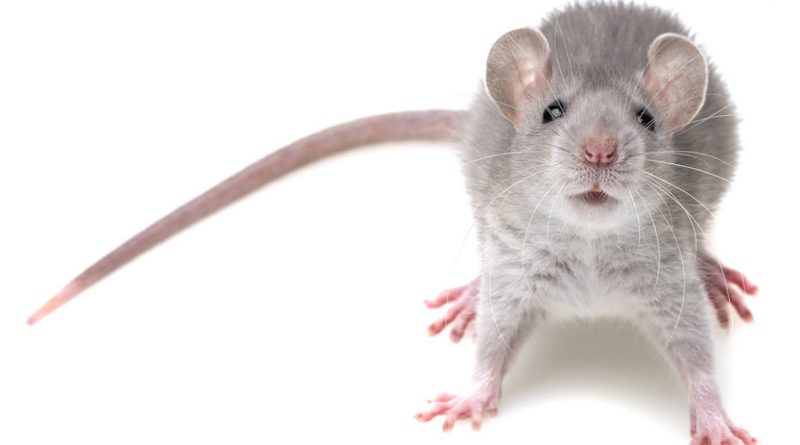What To Do When There’s A Rodent In Your Dorm
Audrey St. Clair
Contributing Writer
The University of Dayton has had campus-wide rodent activity this school year due to the living environment in residence halls. But there is a way to prevent them, according to Jay Moran of A-Abel Companies, a Dayton-based home improvement business.
Moran has dealt with rodents throughout the campus.
“Rodents thrive in our weather and are capable of adapting to our weather,” Moran said. “Rodents are a problem when they gain access inside our structures, where they can live, breed and multiply if not eliminated.”
When first sighting mice, it is important to notify the Student Housing Office rather than maintenance or pest control, Moran said.
Residence halls play a big role in attracting pests, due to most buildings having dining halls or kitchens where students make their own food.
“Mice are attracted to food and shelter provided by our living spaces,” Moran said. “Constant vigilance [for students] to clean up potential food sources along with caulkins [material used to get rid of rodents] and sealing exterior entry points is an ongoing part of maintaining our structures.”
It isn’t just food that attracts mice, but also warm living quarters. Moran from A-Abel said the mice can squeeze in through cracks in buildings, especially in colder weather.
RAs in VWK have mentioned the problem of rodents at Community Building Meetings. They told students to be aware of the issue and provided them with information on what to do if they come across the problem. RA Maria Snow said she is aware of the issue, but RAs have not been given any official information regarding mice population.
Neither Moran nor Facilities Management and the Student Housing Office were able to provide information regarding the extent of rodent activity in VWK or elsewhere on campus.
Sophomore Ava Thompson was sitting in her common room when a small gray mouse ran out from under the couch.
“I cried and ran to a friend’s room,” Thompson said. “I finally went to the front desk, then didn’t return to my room for six hours.”
Thompson filed a work order, and maintenance set traps around the room. After three weeks of not catching anything, they called A-Abel.
“Pest control put poison traps in to make the mice lethargic and made the snap traps more effective,” Thompson said. “We ended up catching two and haven’t seen any since. Now we just look out for droppings.”
Moran stressed that it is possible to prevent mice from becoming a major problem.
“It takes teamwork to eliminate rodent activity,” Moran said. “Students need to maintain a ‘spill free’ zone so the mice are not finding easy food. Pest control needs to supply food in bait stations and traps, and maintenance must work to caulk and seal cracks where the mice enter the structures.”
With seasons changing and the temperature dropping, it would not be surprising for students to notice an increase in the rodent population in any part of their residence building.
Photo taken from Flickr.

